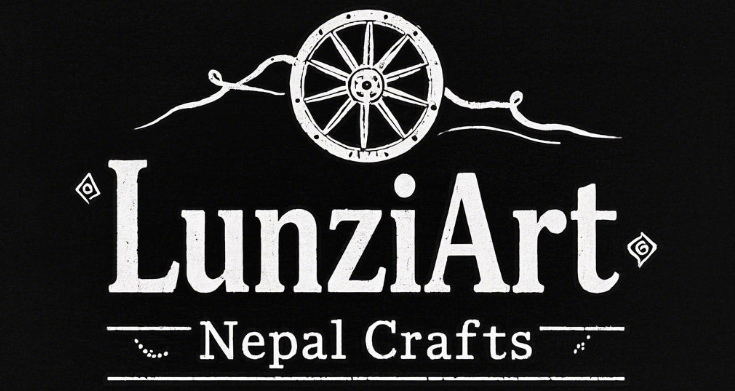Buddha Kumar Tamang rose to prominence as a gifted young thangka artist of traditional thangka painting from the rocky hills of Lisankhu Pakhar in Sindhupalchowk, Nepal, turning his modest upbringing into a legacy that is felt on all continents. Buddha was raised in a household where the arts were valued highly, and his father taught him the complex technique of thangka painting, a highly regarded Tibetan Buddhist art form that portrays gods and spiritual stories. He developed a passion that would take him far beyond his origins in his isolated village, where he was surrounded by the tranquil beauty of Nepal's landscapes. He learnt the delicate interplay of brilliant colours and exquisite brushwork.

In an attempt to improve his art, Buddha travelled to Kathmandu, a thriving centre of art and culture, in 1998 AD (2055 BS). He committed to six months of intense training, honing his abilities in the exacting methods of thangka painting, despite the difficulties of adjusting to city life. He started working professionally as a result of his hard work, making a respectable living while negotiating the cutthroat art world. Buddha adamantly rejected contemporary influences in order to preserve the spiritual essence of thangka, concentrating only on traditional designs that respected Buddhist heritage. This determination earned him respect from purists and paved the way for his extraordinary journey, even though it limited his commercial appeal in a world that was modernising.

Buddha's career reached its zenith between 2004 and 2012 AD (2061–2069 BS), during which he travelled throughout India for eight years, painting sacred places that solidified his status as a master artist. Buddha's brush brought divine figures to life in the serene monasteries of India, such as the Phyang Monastery in Ladakh and the revered Chime Gatsal Ling Monastery in Himachal Pradesh. Detailed thangkas of deities and mandalas adorned the walls of these monasteries. His creations were found in the thriving Tibetan community as well as on private properties such as Doma's Inn in Dehradun, Uttarakhand, where they converted both private and monastic areas into places of spiritual beauty. These were difficult years; adjusting to new cultures, putting in long hours of careful labour, and overcoming logistical obstacles.

Buddha used his international experiences to launch his own thangka painting company after returning to Kathmandu in 2012 AD (2069 BS). This landmark was a daring move, full of financial risks and the difficulty of creating a market for traditional art in a world that was modernising quickly. Nevertheless, his persistence paid off, as his studio emerged as a symbol of genuine Thangka artistry. In order to ensure the survival of the art form, Buddha trained 20 students to become professional thangka painters, further solidifying his legacy through his dedication to mentoring. His influence was passed down through the generations as each pupil continued the methods and respect he taught.

Buddha Kumar Tamang's journey demonstrates an unwavering dedication to his craft, despite highs of international acclaim and lows of cultural and financial obstacles. With their spiritual depth and technical skill, his thangkas adorn private collections and sacred spaces around the world, bringing viewers closer to Buddhism's divine tales. Buddha has left a legacy that respects his heritage and serves as an inspiration for upcoming artists, from the serene hills of Sindhupalchowk to the international scene. He is a genuine representative of Nepal's revered customs, and his life's work is proof of the ability of art to transcend national boundaries.




